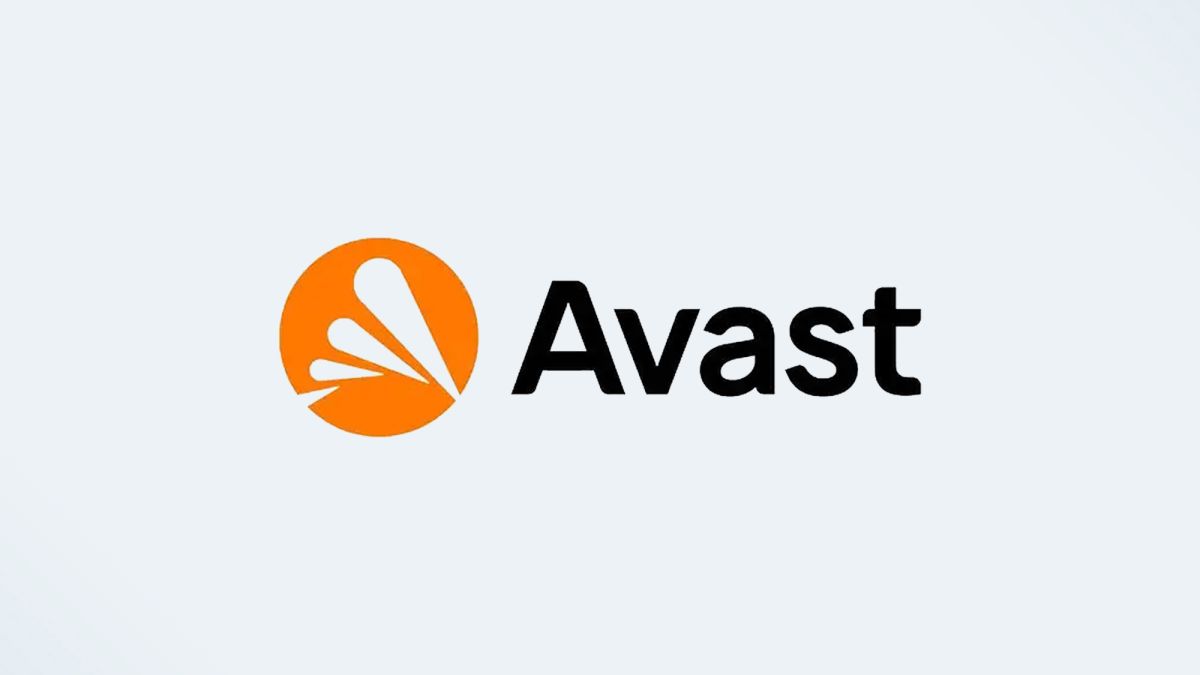Nokoyawa Ransomware: Rust or Bust
Key Points
Nokoyawa is a 64-bit Windows-based ransomware family that emerged in February 2022
The threat group behind Nokoyawa performs double extortion ransomware attacks: exfiltrating sensitive information from organizations, followed by file encryption and a ransom payment demand
Nokoyawa was initially written in the C programming language using Elliptic Curve Cryptography (ECC) with SECT233R1 and Salsa20 for file encryption
In September 2022, Nokoyawa was rewritten in the Rust programming language using ECC with the Curve25519 and Salsa20 for file encryption
The Rust-based Nokoyama ransomware 2.0 provides threat actors with runtime flexibility via a configuration parameter that is passed via the command-line
Nokoyawa ransomware was discovered in February 2022, sharing code with another ransomware family known as Karma. Nokoyawa ransomware’s lineage can further be traced back to Nemty ransomware. The original version of Nokoyawa ransomware was written in the C programming language and file encryption utilized asymmetric Elliptic Curve Cryptography (ECC) with Curve SECT233R1 (a.k.a. NIST B-233) using the Tiny-ECDH open source library combined with a per file Salsa20 symmetric key. Nokoyawa ransomware 2.0 still uses Salsa20 for symmetric encryption, but the elliptic curve was replaced with Curve25519.
Nokoyawa 2.0 was developed using the Rust programming language and appears to have been created in late September 2022. Nokoyawa is not the first ransomware family to be written in Rust. Previously, the Hive ransomware author migrated from the Go (a.k.a. Golang) programming language to Rust. The BlackCat/ALPHV ransomware family is also compiled in Rust. The increase in the popularity of the Rust programming language may be due to its emphasis on performance and concurrency, which can make a ransomware’s file encryption more efficient. Similar to the previous version of Nokoyawa, the Rust variant is compiled only for 64-bit versions of Windows.
This blog provides a technical analysis of Nokoyawa 2.0 including its new configuration, encryption algorithms, and data leak site.
Technical Analysis
Nokoyawa 2.0 cannot be executed without providing the required command-line arguments….


